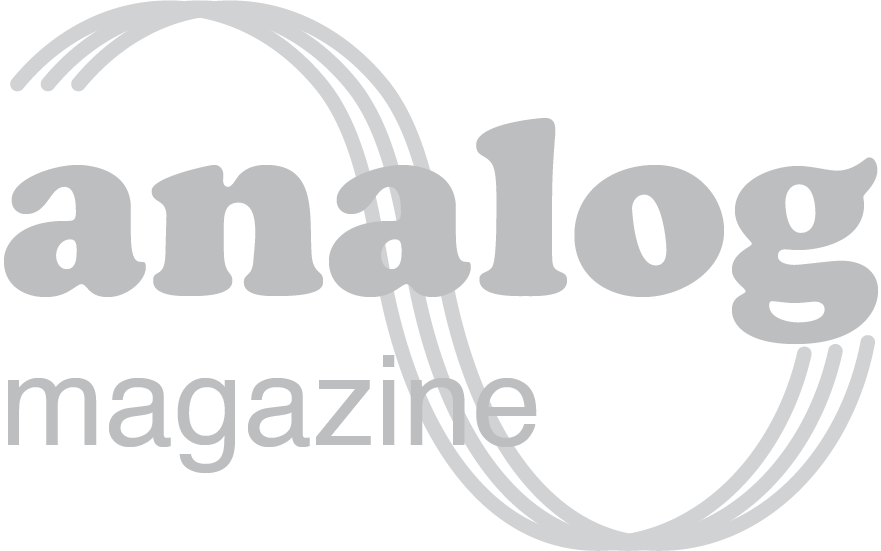
Fabrizio Arena
Swiss colours, fields
Aug 10, 2022
Fabrizio is a Venezuelan photographer currently based in Switzerland who uses the medium as a way to explore his new territory as well as a catalyst to take an introspective journey. In his series ‘Swiss colours, fields’, Arena quietly portrays the quotidian things and happenings around the Lac Leman paying attention to the changes in light an colours throughout the year. Charged with longing and at the same time discovery, these images reflect the adaptive process that Arena undergoes in his new country.
First of all thank you very much for your contribution to our project. Can you please introduce yourself for us?
Thank you! My name is Fabrizio, I'm from Caracas, Venezuela, born and raised. I lived and photographed there until about three and a half years ago when at the age of 18 I migrated to the French part of Switzerland to study and get away from the situation in my home country. I just graduated from my Bachelors in visual arts at the ‘Haute École d'Art et Design’ (HEAD) in Geneva. I am currently based in Lausanne where I have a small studio/lab. I also work in IKEA to pay my bills, it has to be said!
How did you start in photography?
When I was around 11, maybe 12 years old my older brother bought a basic Nikon DSLR with some savings he had and I kinda picked it up from him. From there I saved up enough money after a few years to buy my own camera, a Fuji X-T1 which I used to make the project that got me admitted at the HEAD. A few months after arriving in Switzerland I found a second hand Rolleiflex 3.5F for a pretty good deal and I immediately fell in love with it. In the last three or so years I have passed over 200 rolls through it and it's still running strong. From then on I have rarely used digital for my personal projects. Still to this day my brother and I go out together to take pictures, he with a 35mm Nikon (old habits never change) and I with my Rolleiflex.
What is 'Swiss colours, fields' about?
In short, it is the result of three years of meanderings and explorations all around the Lac Léman and its surrounding landscapes, and the conclusion of a long learning process that made me reconsider the way I look and think about a place and the means I use to photograph it. It recounts an attempt to understand the character of the light and the colours of the region, that certain poetic nothingness that permeates it all, and how I have come to see it in relation to my daily life and the landscape that I lost three years ago.
Initially, when I started photographing in Switzerland, before it even became a project and when I was still working with digital, I encountered a sort of friction with what surrounded me: the framings felt contrived and too closed in, the colours were all kinds of wrong and the pictures themselves just seemed rather trivial. I didn't know what I was looking for while walking around. I kept feeling like there was nothing going on here, nothing to see. After a while I realized that I was trying to translate my way of photographing in Venezuela into a completely different landscape and context; I realized and had to accept that there is no overarching condition, no big political story to be told, and even if there were, that I had no authority in trying to tell it, that at the end of the day, even if I were to attempt such an endeavour, it would be rather disingenuous. “Atget’s example makes us hope to see again artists not as gods but as angels, not as autonomous creators but as creative celebrants of what is given” said John Szarkowski in the essay of his last volume on Atget’s work. What took me these few years to realize is what I am given here are those insignificant things, like street corners and light switches and the soap in the train, the faces and light of my every day, to see their immanent radiance for what it is; and to learn to love it, like Robert Adams said, for the alternative to loving what is given is a nothingness infused with hate and hostility.
Thus happened an explosion in the possibilities of what I could fit in a photograph, an explosion of what could be a portrait of the beauty of the Lac Léman, beyond the snowy mountains and the quaint vineyards. During this time I also discovered works such as Eggleston’s ‘The Democratic Forest’ and Jason Fulford’s ‘Picture Summer on Kodak Film’.
As it exists right now, the project takes the form of an 8x10" book with a sequence of 74 photographs —taken from a continually growing archive of over 2000 negatives— and a prose poem at the end. The overall sequence and the micro moments —or stutters in time— that intersperse it are inspired by Georges Perec’s notion of the "infra-ordinary", where the distinction is blurred between a significant and an insignificant moment in the flow of daily life. It also borrows a fair bit of influence from Paul Graham's a shimmer of possibility.
To sum things up, it is an indefinitely long-term project about a place, my ever-changing relationship with it, the redefinition of its portrait throughout time, and of my life within it. It is as much about the perception of a place, about learning to see it in its own terms, as it is about the place itself.
What inspires your work in general?
Beyond the movies I watch, the books I read, the music I listen to, conversations with friends and other artists, what brings me the most is just going out and being receptive to whatever comes my way, the same way I would be when listening to a musical piece or paying attention to the words in a book. It’s all about a micro and macro focus, on both the detail and structure of things.
Who are your favourite photographers / artists?
Within the realm of photography the influence of the New Topographics on me is undeniable, mainly Stephen Shore and Robert Adams, as well as William Eggleston and William Christenberry. More recently, Alec Soth and Mark Steinmetz have also had a great impact on me. Outside the United States, the work of Guido Guidi and Luigi Ghirri in Italy and that of Alfredo Boulton from Venezuela, whose steps I would like to retrace one day. Lastly, an undeniable influence on my work has been Bruno Serralongue, who through his teachings and personal work has accompanied me for the last three years in becoming not only a better artist, but also a better person.
As well as other photographers, my work is deeply influenced by music, mainly by jazz from people such as Grant Green, Dexter Gordon, Charles Mingus, Bill Evans, amongst many others; as well as the compositions of Nikolai Meitner, Alexander Scriabin, Frederic Chopin and the Franz Liszt.
Finally, the writing of Thomas Mann and the paintings of Caroline Bachmann, along with wonderful conversations I have had with her, have shaped who I have become and the work I make.
Artistically, what are your plans for the future?
For the moment I plan on staying in Lausanne, collaborating with other friends/artists. Right now there’s a couple of exibits in the horizon, one in a farm in the middle of nowhere and another one still undefined in the middle of the city. I also plan on finding a publisher for this project, maybe here in Lausanne, maybe elsewhere, who knows! My main objective is to make projects destined to the printed page as opposed to the gallery wall.
In a further future, I plan on going back to Venezuela to make a long term work, carrying with me the influence of Alfredo Boulton, like I said a few lines before, who in the 1930s after having studied in Lausanne (first amazing coincidence) went back to Venezuela to witness, using a Rolleiflex (second amazing coincidence), the traditional cultures before being irreversibly affected by modernism and industrialisation.
What is your favourite photo book?
Oh how to choose! Currently I can't help but keep coming back to Aperture's reprinting of Robert Adams' ‘Summer Nights, walking’, as well as Gregory Halpern's ‘Omaha sketchbook’, as well as Janet Delaney's ‘Red eye to New York’. But if I were to choose only one, it would have to be Stephen Shore's ‘Uncommon places: the complete works’. A masterpiece without a doubt.
Thank you very much for your time and contribution to analog magazine.
Thanks to you too! Always a pleasure.
All images © Fabrizio Arena



















